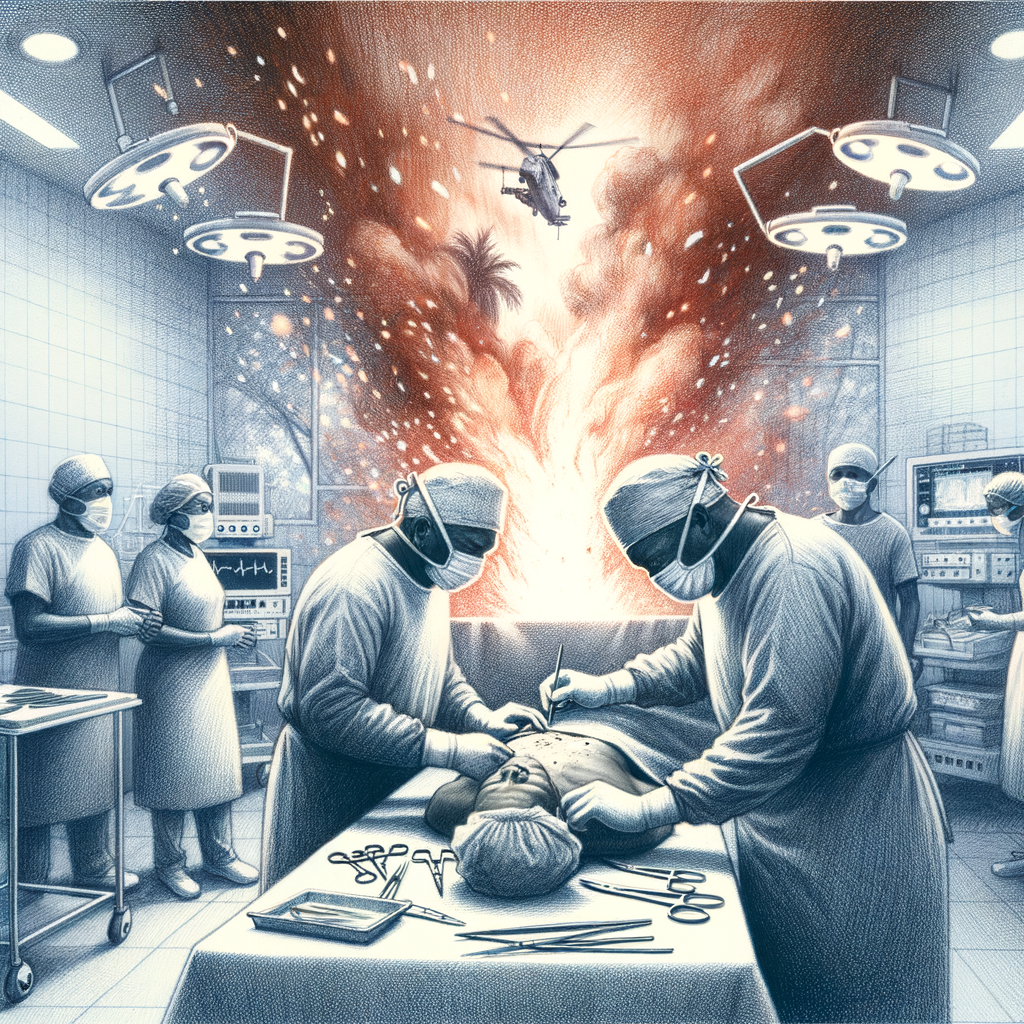
Fart, commonly known as “passing gas,” is often a topic of humor and embarrassment. However, recent events have shed light on the potential dangers associated with this natural bodily function. In this article, we delve into the science behind flatulence and explore a tragic incident that highlights its unforeseen consequences.
The Composition of Flatulence:
When we pass gas, approximately 99% of the expelled gas consists of harmless gases such as carbon dioxide, hydrogen, nitrogen, oxygen, and methane. These gases are byproducts of digestion and are typically colorless and odorless. However, it’s the remaining 1% that contains compounds responsible for the distinct odor associated with flatulence. This fraction is produced by bacteria in the intestines and is what gives flatulence its characteristic smell.
Understanding Flammability:
While most components of flatulence are innocuous, the presence of hydrogen and methane renders it flammable. Under normal circumstances, this flammability poses little to no risk. In fact, it often serves as a source of amusement, particularly among young individuals. However, a recent incident in Japan underscored the potential dangers posed by flammable flatulence.
The Tragic Incident:
In April 2016, a japanese woman undergoing surgery at Tokyo Medical University Hospital experienced a catastrophic event linked to her flatulence. As surgeons performed a procedure on her cervix, a laser ignited the gas, resulting in a sudden blaze. The fire spread rapidly, causing severe burns to the patient’s body, particularly her lower abdomen and legs. Despite extensive medical intervention, her current condition remains undisclosed.
Investigation and Findings:
Following the incident, an external committee conducted a thorough investigation, revealing critical insights into the cause of the fire. Contrary to initial assumptions, the hospital’s equipment did not malfunction during the surgery. Instead, the ignition occurred when the patient’s intestinal gas leaked into the surgical space and came into contact with the laser beam. This interaction led to the rapid spread of the fire, engulfing the surgical drape and causing extensive damage.
Factors Contributing to Ignition:
The occurrence of such a rare and devastating event raises questions about the factors that contributed to the ignition of the patient’s flatulence. According to experts, only a fraction of individuals produce methane levels sufficient to ignite. In this case, it’s speculated that the patient’s intestines contained an elevated amount of methane, possibly due to dietary factors. Foods rich in methane, such as broccoli, cabbage, and kale, may have contributed to the buildup of combustible gases within her digestive system.
Conclusion:
The unfortunate incident serves as a sobering reminder of the potential risks associated with seemingly harmless bodily functions. While flatulence is a natural and inevitable occurrence, individuals and healthcare professionals must be aware of its potential consequences, however rare they may be. By understanding the science behind flatulence and adopting appropriate safety measures, we can minimize the likelihood of similar incidents in the future.
Leave a Reply